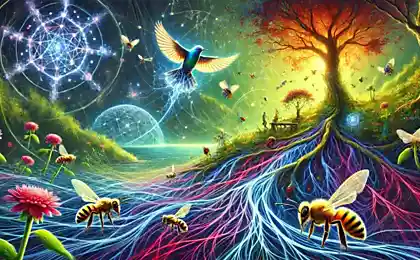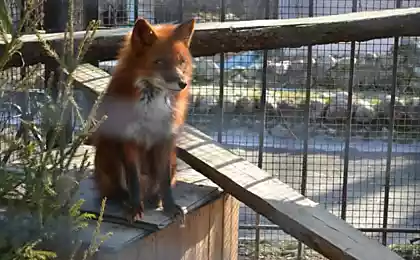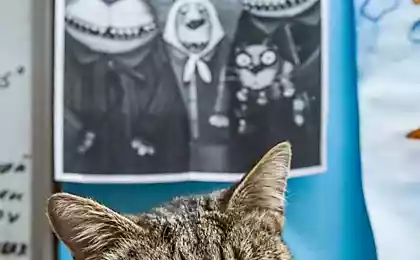866
Methods of animal communication.
We do not tend to think about too, it seems meaningless meow, barking or mooing of our smaller brethren, but, believe me, we underestimate some of the ways animal communication. Of course, we do not claim that the muskrat can speak Chinese, and the toad reciting Shakespeare in the original, but still they have something to surprise us.
1. Cats meow only person

Cats do not use the usual mewing us to communicate with each other. Meow, they exclusively human: to greet, to attract attention, make it clear that they do not like something, ask for feed, etc. In order to send a signal to the Kindred they use body language and hiss. The only exception to this rule is meowing kitten mother-cat. 2. Prairie dogs are not as simple as they seem

Guess what the most intelligent animal on earth? Dolphins? Primates? And here and there! Scientists who have studied prairie dogs, yes, these seemingly silly rodents that live in the desert, came to the conclusion that they have one of the most difficult (in animals) languages in the world.
Communicating with each other, prairie dogs are able to describe the predator in the smallest details, including the transfer of its appearance, size and shape. Moreover, describing the man prairie dog can "tell" what color clothes on him, and even if the person holds a weapon in the hands (or at least it was in one of the experiments).
To transfer all this information they require only one special cry, lasting for about 1 second.
3. The beetles use Morse code

Beetles are guided in Rout tree myriad of moves by the system, not unlike Morse code. Making light knocks his head against the wall of the tunnel, the beetle produces echoes that hear other beetles. It is this way of communication, and gave them a name: beetle-grinder. Wood homes are often the habitat of these bugs. In England, people heard the sound of the night, he looked like an ominous ticking of the clock.
4. Elephants have unique voices
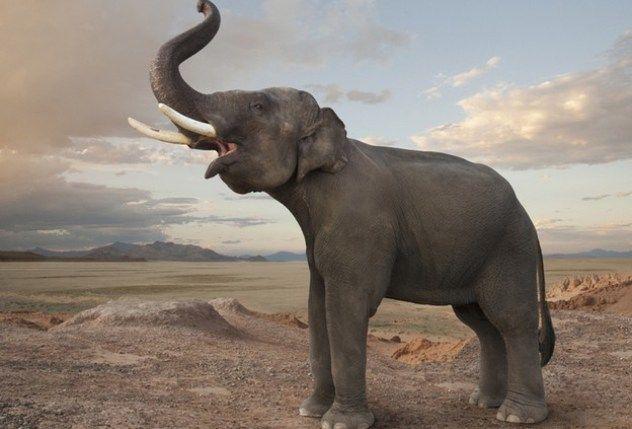
For us it is absolutely clear that the voice of every person on earth is unique. But the voices of animals sounds to our ears almost equally.
However, biologist Andrea Turkana discovered that elephants voice very clearly different and as unique as human. By studying a herd of elephants in the Congo about 19 years, Turkana able to distinguish one from the other elephants by voice only. At the moment, a scientist working on a dictionary of elephants, which, on the basis of the experiment is likely to be a lot of vowels.
5. Hens talk to their eggs, and the eggs they meet

There is nothing strange in the fact that the expectant mother talking with her baby More peoples, but most likely, many mothers would be horrified if they heard their future offspring they are responsible. However, the hen - a common occurrence. One day before hatching the little chicken, you can clearly hear it squeak. Hearing this peep, mother-hen cackles in response to the baby to soothe his troubled child.
6. Baboons hate Slang

Few people like the emergence of new slang words in the language. As it turned out, baboons also is a little like that. Scientists conducted an experiment in which six baboons for six months showed different words: existing and imaginary. Baboons also necessary to distinguish it from the first second.
And to complicate the task, to compose letters in words so that they were very similar to the existing ones. For example «dran», instead of «darn» and «telk», instead of «talk». Surprisingly, primates defines the word with amazing accuracy, up to 75%. So do not worry if you have difficulty figuring out what your little child said, even a monkey knows that it's probably some kind of gibberish.
7. You can not hear the talking frog
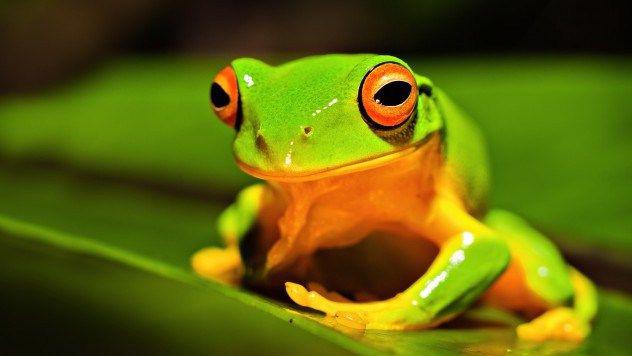
Do you still think that only dogs can hear frequencies are beyond the human ear? But the form of frogs Yuzhnovostochnoy Asia, Huia cavitympanum, can communicate using ultrasound, who is, as you know, out of earshot of the person.
This frog can receive and play back the sound frequency of 38 kHz, 18 kHz higher than the threshold of human hearing. Scientists explain this amazing ability to adapt processes to the environment: a frog living in noisy areas of water where low frequencies are different difficulty.
8. Dolphins can learn a second language

Agree, the ability to speak in a dream very few people rejoice, but seeing the sleeping dolphins led to the conclusion that it was in a dream, they speak a different language. French Dolphins water park can mimic songs of the speakers in the same water park whale. And whales dolphins speak only in a dream while awake, they speak his.
9. The parrots are not just copying us
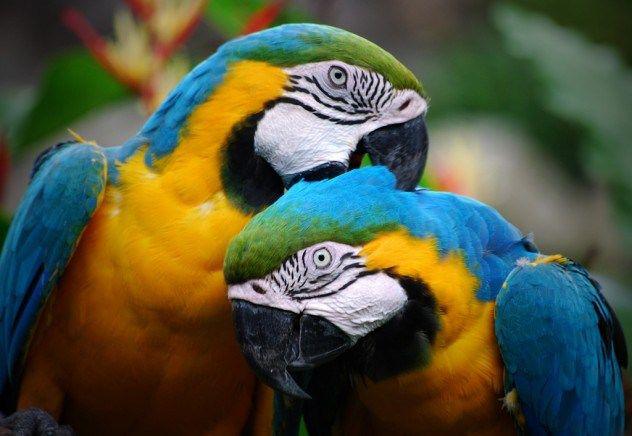
Some parrots simply copy what they hear, but some are deliberately taught speech and can lead the dialogue. African gray parrot named Alex became famous for its ability to define colors, as well as to understand such abstract concepts as the difference and the distance. Alex even made fun of his master: "And do not tell me to shut up!". Prudl - parrot-record holder of Guinness World Records, who knew at the time of his death 800 words. And En'Kisi, with a dictionary of 950 words, as well as Alex joked with his master.
10.Nekotorye species use body language
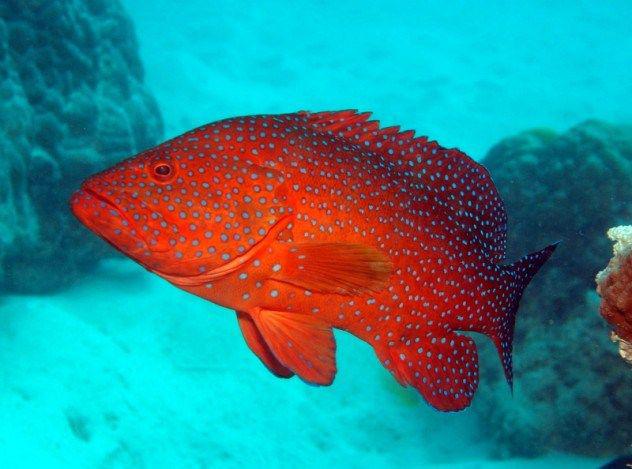
No, they do not clap their fins to show some signs, as people do, even though it would be fun. Kind of fish called coral groupers fins move in a special way to "talk" with other members of the shoal in the pursuit of prey.
They set traps for oil and, when it comes, perform a kind of dance groupers signal to indicate the presence of the victim is trapped. The same dance coral grouper dancing to "invite" other groupers hunt, "Hey, guys, let's go a minute on the hunt for the weekend?".
1. Cats meow only person

Cats do not use the usual mewing us to communicate with each other. Meow, they exclusively human: to greet, to attract attention, make it clear that they do not like something, ask for feed, etc. In order to send a signal to the Kindred they use body language and hiss. The only exception to this rule is meowing kitten mother-cat. 2. Prairie dogs are not as simple as they seem

Guess what the most intelligent animal on earth? Dolphins? Primates? And here and there! Scientists who have studied prairie dogs, yes, these seemingly silly rodents that live in the desert, came to the conclusion that they have one of the most difficult (in animals) languages in the world.
Communicating with each other, prairie dogs are able to describe the predator in the smallest details, including the transfer of its appearance, size and shape. Moreover, describing the man prairie dog can "tell" what color clothes on him, and even if the person holds a weapon in the hands (or at least it was in one of the experiments).
To transfer all this information they require only one special cry, lasting for about 1 second.
3. The beetles use Morse code

Beetles are guided in Rout tree myriad of moves by the system, not unlike Morse code. Making light knocks his head against the wall of the tunnel, the beetle produces echoes that hear other beetles. It is this way of communication, and gave them a name: beetle-grinder. Wood homes are often the habitat of these bugs. In England, people heard the sound of the night, he looked like an ominous ticking of the clock.
4. Elephants have unique voices

For us it is absolutely clear that the voice of every person on earth is unique. But the voices of animals sounds to our ears almost equally.
However, biologist Andrea Turkana discovered that elephants voice very clearly different and as unique as human. By studying a herd of elephants in the Congo about 19 years, Turkana able to distinguish one from the other elephants by voice only. At the moment, a scientist working on a dictionary of elephants, which, on the basis of the experiment is likely to be a lot of vowels.
5. Hens talk to their eggs, and the eggs they meet

There is nothing strange in the fact that the expectant mother talking with her baby More peoples, but most likely, many mothers would be horrified if they heard their future offspring they are responsible. However, the hen - a common occurrence. One day before hatching the little chicken, you can clearly hear it squeak. Hearing this peep, mother-hen cackles in response to the baby to soothe his troubled child.
6. Baboons hate Slang

Few people like the emergence of new slang words in the language. As it turned out, baboons also is a little like that. Scientists conducted an experiment in which six baboons for six months showed different words: existing and imaginary. Baboons also necessary to distinguish it from the first second.
And to complicate the task, to compose letters in words so that they were very similar to the existing ones. For example «dran», instead of «darn» and «telk», instead of «talk». Surprisingly, primates defines the word with amazing accuracy, up to 75%. So do not worry if you have difficulty figuring out what your little child said, even a monkey knows that it's probably some kind of gibberish.
7. You can not hear the talking frog

Do you still think that only dogs can hear frequencies are beyond the human ear? But the form of frogs Yuzhnovostochnoy Asia, Huia cavitympanum, can communicate using ultrasound, who is, as you know, out of earshot of the person.
This frog can receive and play back the sound frequency of 38 kHz, 18 kHz higher than the threshold of human hearing. Scientists explain this amazing ability to adapt processes to the environment: a frog living in noisy areas of water where low frequencies are different difficulty.
8. Dolphins can learn a second language

Agree, the ability to speak in a dream very few people rejoice, but seeing the sleeping dolphins led to the conclusion that it was in a dream, they speak a different language. French Dolphins water park can mimic songs of the speakers in the same water park whale. And whales dolphins speak only in a dream while awake, they speak his.
9. The parrots are not just copying us

Some parrots simply copy what they hear, but some are deliberately taught speech and can lead the dialogue. African gray parrot named Alex became famous for its ability to define colors, as well as to understand such abstract concepts as the difference and the distance. Alex even made fun of his master: "And do not tell me to shut up!". Prudl - parrot-record holder of Guinness World Records, who knew at the time of his death 800 words. And En'Kisi, with a dictionary of 950 words, as well as Alex joked with his master.
10.Nekotorye species use body language

No, they do not clap their fins to show some signs, as people do, even though it would be fun. Kind of fish called coral groupers fins move in a special way to "talk" with other members of the shoal in the pursuit of prey.
They set traps for oil and, when it comes, perform a kind of dance groupers signal to indicate the presence of the victim is trapped. The same dance coral grouper dancing to "invite" other groupers hunt, "Hey, guys, let's go a minute on the hunt for the weekend?".





